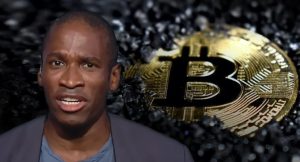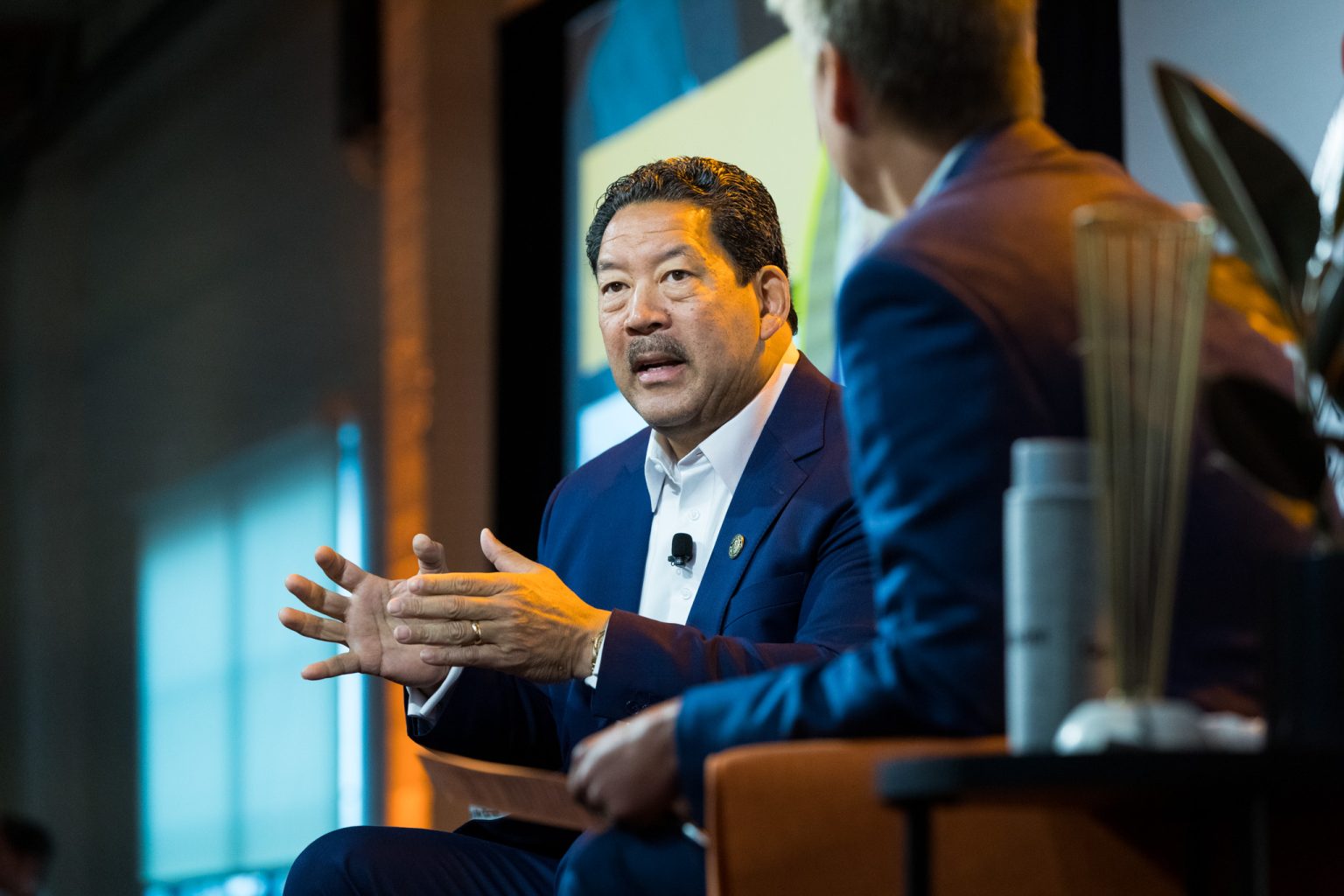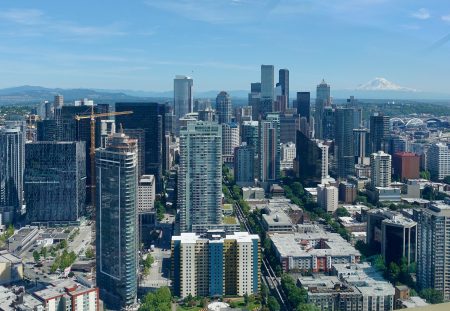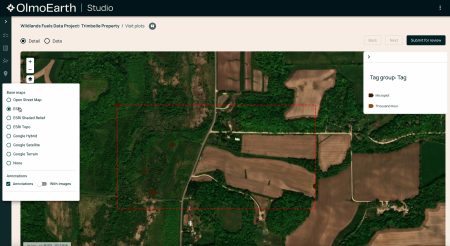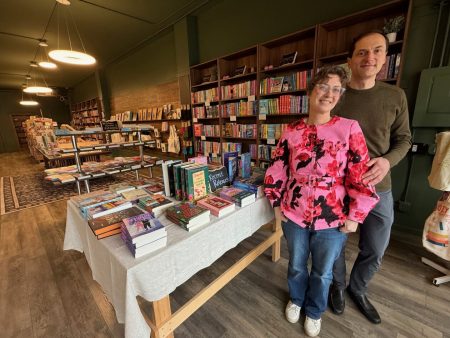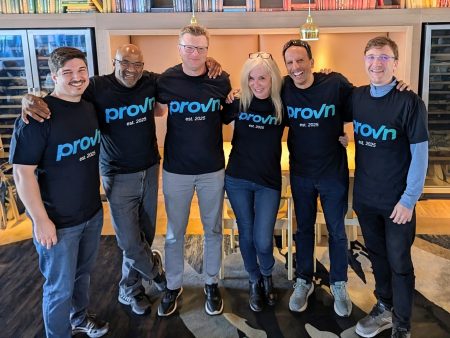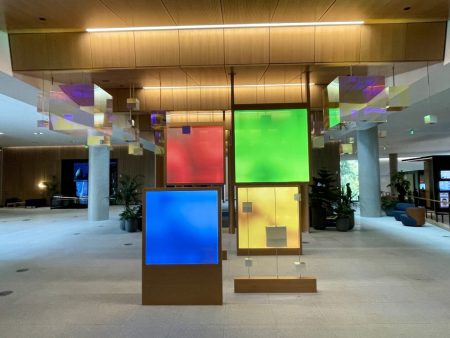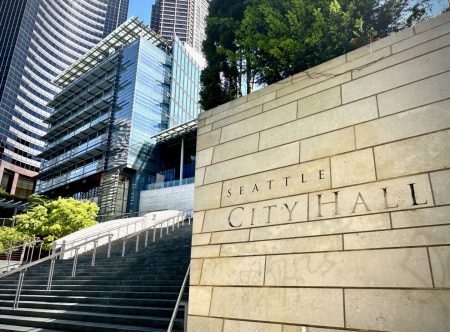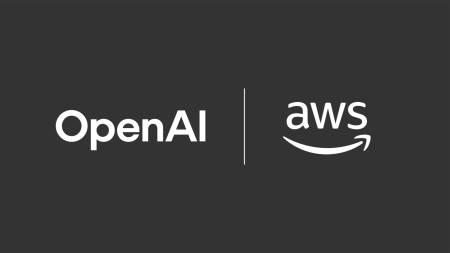Seattle’s Mayor Champions City as Premier Innovation Hub Amid Regional Tech Rivalry
In a bold and spirited defense of Seattle’s position as the Pacific Northwest’s premier innovation center, Mayor Bruce Harrell recently articulated why the Emerald City remains the region’s true tech and cultural powerhouse. Speaking at the AI House on Seattle’s waterfront—where he unveiled the city’s new artificial intelligence policy—Harrell responded to questions about regional competition with neighboring Bellevue, which has recently attracted significant tech investment including Amazon’s planned 25,000-employee expansion. With characteristic confidence, Harrell highlighted Seattle’s distinctive advantages while delivering a good-natured jab at the city across Lake Washington: “They don’t have an AI House in Bellevue. We thought of it here.” This statement encapsulates the growing competitive dynamic between the two cities as they vie for tech industry prominence in the post-pandemic landscape.
Seattle’s historical significance as an innovation hub formed the cornerstone of Harrell’s argument. “We are leaders, innovators… the Seattle World’s Fair was not in Bellevue, it was here in 1962, which put us on the map,” he noted, emphasizing the city’s pioneering spirit. Beyond this legacy, Harrell celebrated Seattle’s vibrant cultural ecosystem—its diversity, arts scene, music heritage, and renowned culinary landscape—as crucial differentiators that attract and retain creative talent. These cultural assets, he suggested, create an environment where innovation naturally flourishes, providing Seattle with competitive advantages that extend beyond tax policies or real estate considerations. The mayor’s comments reflect a holistic view of what makes a city attractive to innovative companies and their employees: not just economic incentives, but quality of life and creative energy.
Meanwhile, Bellevue has undeniably gained momentum in the regional tech landscape. The eastside city has recently welcomed offices from prominent tech companies including OpenAI, Zoom, Shopify, Anduril, and Snowflake, adding to established presences from T-Mobile, Valve, Smartsheet, Meta, ByteDance, and Pokémon. Most notably, Amazon has accelerated its Bellevue expansion following tensions with Seattle lawmakers over corporate taxation initiatives. This eastward shift has been encouraged by Bellevue’s leadership approach, with Mayor Lynne Robinson previously stating the city’s lack of interest in policies like Seattle’s payroll tax. This contrast in governance philosophies has created distinct business environments in cities separated by just a few miles and connected by Lake Washington.
The competition plays out against a challenging commercial real estate backdrop for both cities. Downtown Bellevue’s vacancy rate has risen dramatically from 3.3% in 2019 to 17.1% in the second quarter of 2023, according to Broderick Group. Seattle faces even steeper challenges, with downtown vacancy rates exceeding 30% in the same period, per Kidder Mathews data. These vacancies reflect pandemic-driven workplace transformations that have affected urban centers nationwide. Despite these parallel challenges, Harrell didn’t shy away from acknowledging Seattle’s progressive tax structure, which includes higher business and occupation taxes than Bellevue and a recently approved tax on large businesses to fund social housing development. His omission of tax policy from his competitive positioning suggests confidence that Seattle’s cultural and innovative advantages outweigh tax considerations for many businesses.
Physical connectivity between the rival cities is poised to increase with a new light rail line expected to open early next year, complementing a recently launched line connecting Bellevue to Redmond. This transportation infrastructure may reshape the competitive dynamics by enabling easier movement between the cities, potentially allowing them to function more as complementary parts of a unified regional innovation ecosystem rather than direct rivals. Such connectivity could enable companies and workers to benefit from the strengths of both cities while minimizing their respective limitations. As the physical barriers between the cities diminish, the question becomes whether their distinct identities and approaches to governance will sharpen or blur.
At the heart of Harrell’s vision lies his commitment to establishing Seattle as “a national leader in responsible artificial intelligence implementation.” This statement, made during the unveiling of Seattle’s new AI policy and plan, reveals his strategic approach to ensuring Seattle remains at the cutting edge of technological development while aligning with the city’s progressive values. Rather than competing solely on tax incentives or real estate offerings, Harrell is positioning Seattle as a thought leader in how cities can ethically embrace transformative technologies. This approach may prove prescient as questions of AI ethics and governance gain prominence nationally. By proactively addressing these issues, Seattle demonstrates the forward-thinking governance that has historically attracted innovative companies to the region, suggesting that despite Bellevue’s recent gains, Seattle’s combination of cultural vibrancy and progressive leadership continues to offer compelling advantages in the ongoing regional competition for tech industry prominence.


